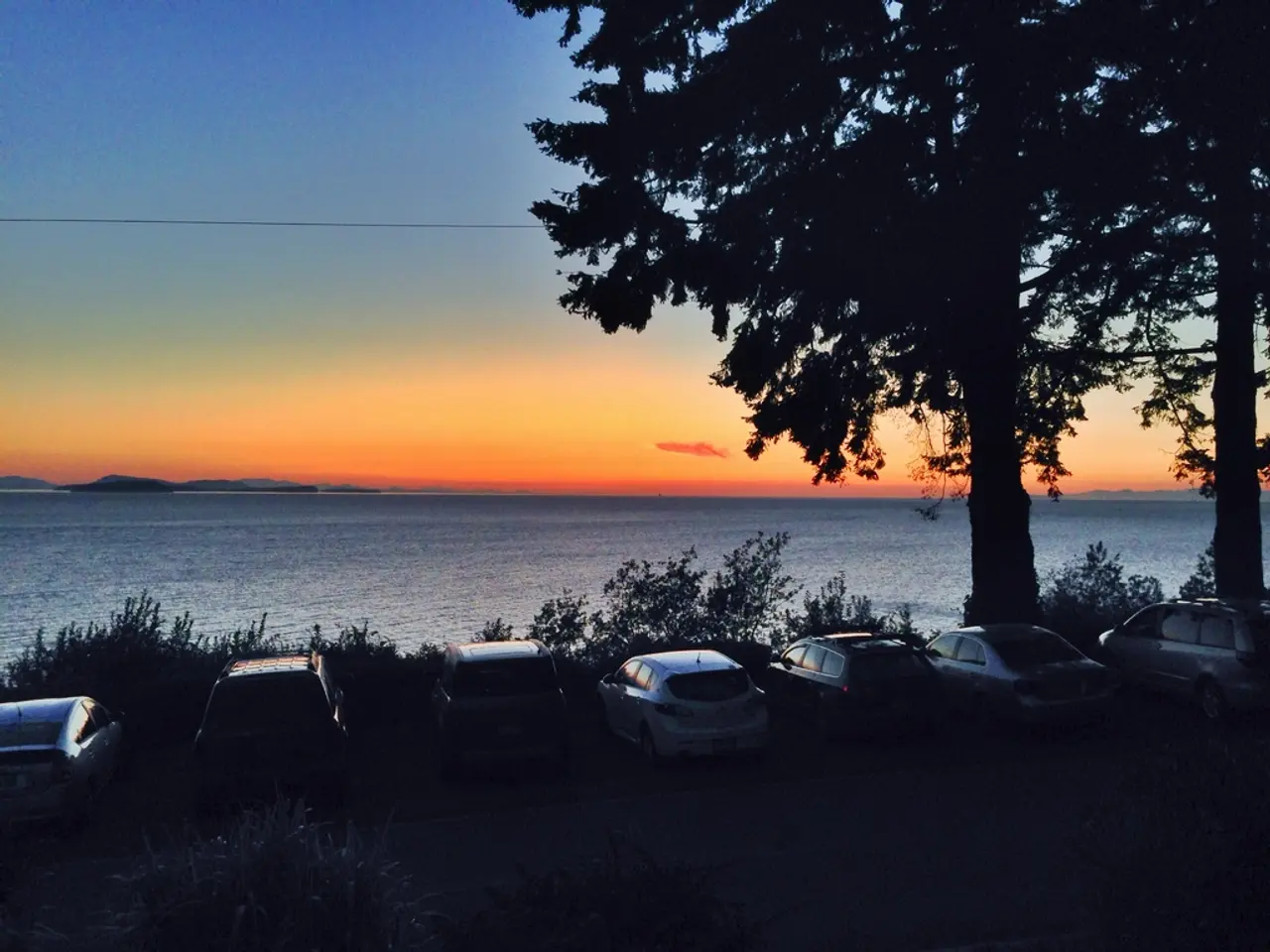Artificial Intelligence could assist Napa wineries in adapting to the unpredictable climate changes.
In the world of wine, technology is making a significant impact, particularly in the realm of vineyard management. Kia Behnia, co-owner of Napa Valley's Neotempo Wines, recently highlighted the importance of AI in vineyard management at a seminar in London. One of the tools at the forefront of this technological revolution is Scout, an AI-powered vineyard management tool co-developed by Behnia and Mason Earles.
Scout is designed to help growers make informed decisions about their vineyards. It processes large amounts of data, including photographs, to provide insights on the health of individual vines. Uses for Scout include yield prediction, early detection of disease, and monitoring for heat stress. Behnia describes Scout as an 'x-ray for vineyards', offering a comprehensive view of vineyard health.
At Ink Grade, a biodynamic estate under the Lawrence Wine Estates portfolio, which also includes Heitz Cellar and Haynes Vineyard, the team adopts a flexible approach based on reading vintage conditions. Matt Taylor, winemaker at Ink Grade, expresses interest in combining technology with sustainability approaches.
The potential of AI in vineyard management is vast. AI is being explored to cope with climate change, a significant threat to vineyards due to its unpredictability. AI, combined with sensors, drones, satellite imaging, and robotics, is used to gather and analyze real-time data on soil moisture, grape maturity, weather, and pest presence to improve decision-making and operational efficiency.
Recent developments include partnerships and product launches integrating AI with imaging and sensor technologies designed specifically for viticulture in major wine regions such as Napa Valley and France. Although adoption remains limited, industry experts emphasize AI's potential to reduce costs and environmental footprint while enhancing grape quality.
One example of AI's impact can be seen in the Trailside Vineyard Cabernet Sauvignon, produced by Lawrence Wine Estates' CEO, Carlton McCoy Jr MS, and Burgundy winemaker Jeremy Seysses. This wine is described as a terroir-driven, age-worthy style that pays homage to Napa Valley's glory days of the 1960s and 1970s.
At Ink Grade, the pursuit of elegance and balance in their wines, reminiscent of Napa's historical wines, is a priority. Taylor emphasizes this commitment, ensuring that Ink Grade's wines remain a testament to the region's rich winemaking history while embracing the future with innovative technologies like Scout.
As AI continues to evolve in vineyard management, it promises to bring about more integrated, sustainable precision viticulture that enhances operational efficiency, yield predictability, and environmental stewardship, with promising opportunities for further innovation and broader applicability across agriculture.
[1] "Artificial Intelligence in Agriculture: Trends, Challenges, and Opportunities." International Journal of Agricultural Sustainability. 2021.
[2] "AI in Agriculture: Applications, Challenges, and Future Directions." IEEE Access. 2020.
[3] "Precision Viticulture: The Impact of AI on Wine Production." Wine Spectator. 2023.
[4] "AI in Wine: The Future of Vineyard Management." Forbes. 2022.
[5] "AI for Precision Viticulture: A Review." Journal of Agricultural Engineering Research. 2021.
The combination of technology and environmental science, specifically AI, is revolutionizing vineyard management, serving as a potential solution to mitigate the impacts of climate-change on vineyards. In this context, Scout, an AI-powered vineyard management tool, offers the opportunity for wine investments to be more informed and sustainable, providing insights on vine health and aiding in decisions such as yield prediction and disease detection. Furthermore, the convergence of technology and science, including AI, sensors, drones, and satellite imaging, holds promise for precision viticulture, contributing to operational efficiency, yield predictability, and environmental stewardship in the future of wine production.




